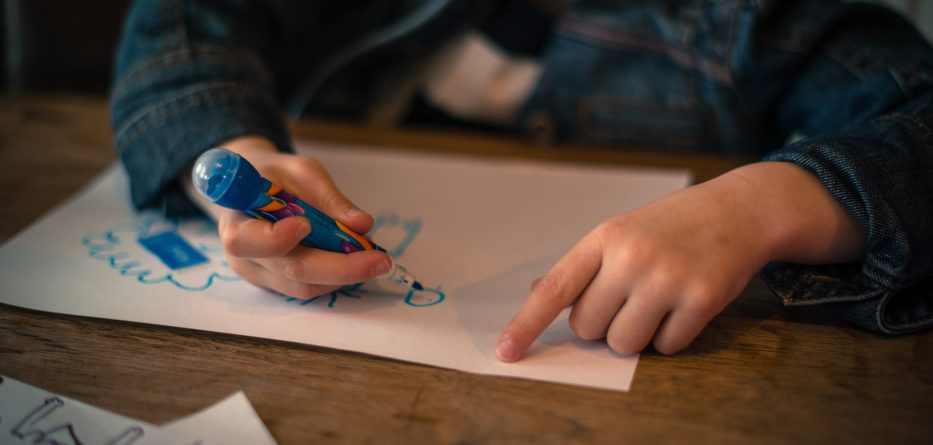Kristen Harper and Michael McCoy
Child Trends
School discipline practices have shifted dramatically in recent years, following changes in school district and state policy. Data and research have illustrated the high rates of suspension and expulsion, the consequences of such discipline for students, and the disparities in discipline practice by race and disability. In response, many communities have worked to promote school safety and attendance by replacing exclusionary discipline methods with approaches that effectively prevent and address student misbehavior.
Now that the new school year has begun, parents should review their school’s code of student conduct (or student handbook) to learn their school’s plan to safeguard student safety and learning, keep students in school, and ensure that discipline is administered fairly and equitably.
Below are five questions for which parents should know answers. If you can’t find the answers, ask your school or, if needed, your school district.
You can also look up your school and school district’s past use of school discipline, by student race, gender, and disability, using a tool available at https://ocrdata.ed.gov/DistrictSchoolSearch, from the U.S. Department of Education’s Civil Rights Data Collection.
1 – What does my school do to prevent misbehavior?
The best disciplinary strategy aims to prevent unsafe and disorderly behaviors before they happen. Take note of any strategies your school uses to clarify its expectations for student behavior, support students’ social and emotional skills, and promote mental health. Such approaches may include social and emotional learning, positive behavioral interventions and supports, restorative practices, and other methods. If these or similar strategies are not included in the code of student conduct, ask the school directly.
Parents should also have access to information about which school staff members are available to support students’ needs, including school counselors, psychologists, nurses, and social workers. For parents of children with disabilities, note that federal law requires that individualized development programs(or IEPs) include behavioral supports if the child needs them to make progress in school.
2 – What behaviors place my child at risk of removal from class or school?
In-school suspension, out-of-school suspension, and expulsion are traditional forms of school discipline. Nearly 3 million children receive an out-of-school suspension each year. However, these approaches come at great cost: children suspended or expelled are more likely to drop out, be held back a grade, and be involved in the juvenile justice system than their peers.
Parents, take into account which behaviors trigger a suspension or expulsion; this will help you determine whether, in your view, discipline policies are fair, nondiscriminatory, age appropriate, and necessary to keep schools safe. Take note of processes for appealing a suspension or expulsion. Given the risks to children when they are suspended or expelled, and the potential cost to their learning, states and school districts have begun discouraging or disallowing these forms of discipline for children in preschool and the early grades, or for offenses that are more subjectively determined, such as insubordination.
There are other instances when a child might be removed from class or school. The rare time out or trip to the office might provide students a chance to calm down, or signal the need for more parent-teacher collaboration. However, be wary of informal requests to pick children up early or keep them home in place of an official, documented suspension; these place a burden on parents while hiding potential problems with school discipline practices.
3 – How and when does my school involve police?
While interest in school police has risen following the 2012 school shooting in Newtown, Connecticut, high-profile arrests for minor behaviors and incidents where students of color were injured by officers have led many to debate the role of school police.
Ask if police officers are stationed on school grounds. If so, ask about the types of behaviors they address, whether they carry weapons, whether and how they are trained to work with children or youth, and whether they are authorized to search or arrest students. Ensure that you and your child are familiar with your constitutional rights during interactions with school police. If officers are not stationed in the school, ask about the circumstances under which teachers or administrators may call officers to the school. Be sure to note the school’s policy on when and how to notify families about any incidents regarding law enforcement.
4 – Does my school use corporal punishment or seclusion and restraint?
Corporal punishment is the use of physical pain-generally with a paddle-to address student behavior. While prohibited in 28 states, more than 110,000 children were subjected to corporal punishment during the 2013-2014 school year. The Society for Adolescent Health and the American Academy of Pediatrics, among other child health institutions, strongly oppose corporal punishment in schools. Parents and families in states allowing corporal punishment should verify whether the school permits corporal punishment, whether families must “opt in” or may “opt out” of any corporal punishment, the tools used for corporal punishment (e.g., paddles), who administers the punishment, and whether a witness is required.
During the 2013-2014 school year, more than 100,000 children–mostly children with disabilities–were subjected to restraint or seclusion. Restraint refers to physical restrictions, including medication and mechanical restraints, that inhibit movement. Seclusion refers to an involuntary isolation and confinement in which a child cannot leave on their own. Concerned for student safety, the U.S. Department of Education issued guidelines in 2014 urging schools to limit the use of restraint and seclusion to situations where there is an immediate safety risk. The guidelines urge schools to end all use of restraint or seclusion for disciplinary purposes, and to prohibit the use of mechanical restraints and medications except as directed by health professionals.
5 -What is restorative justice and is it used in my school?
Several school districts are working to implement restorative justice-an alternative to traditional types of school discipline-to improve peer and student-staff relationships, keep children safe and in school, and hold young people accountable for their behavior. Schools using restorative justice treat misbehavior as an injury to the school community and its relationships, rather than an infraction, and use various techniques (e.g., circle conferencing) to help the student and community repair damaged relationships. While many schools have succeeded in reducing disciplinary removals using restorative justice, rigorous evaluations are underway to further test this approach.
Parents, if your child’s school uses restorative justice or other restorative practices, ask about the roles you and your child will play in the disciplinary process, the types of behavior for which restorative practices are used, and how students are ultimately held accountable for their behavior.






